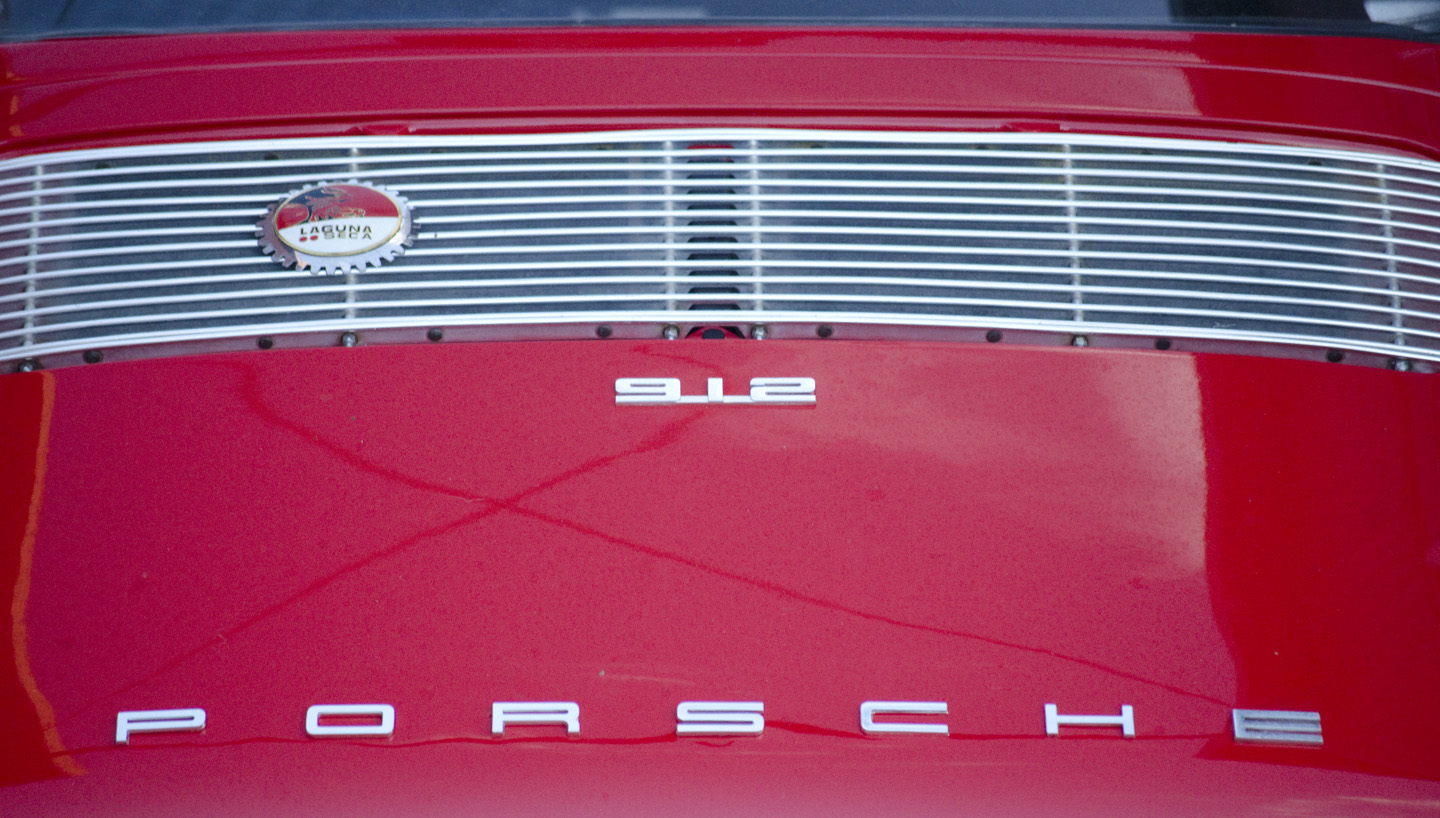

Earlier this week, Porschephiles the world over felt their hearts leap when Zuffenhausen dropped word that it would be launching a new 911 Carrera—a lighter, sportier version of the base-model 911. Equipped with lighter glass, a mechanical limited-slip diff, and a big cubbyhole where the infotainment screen used to be, the new Carrera T serves as a minimalist speed machine for those who prefer street drives over track days, counterbalancing the similarly stripped (but purposefully track-focused) 911 GT2 RS that occupies the top end of Porsche’s 2018 model-year ecosystem.
But here’s the rub: It still costs more than $100,000 to start. And even those who value the Carrera T’s sporty, minimalist nature enough to forego door handles and leather seats will likely be tempted by at least a few choices on Porsche’s legendarily lengthy options sheet. (Axing the radio is fine for a track car, but do you really want to go without music in a canyon-carver special?)
So long as Porsche is expanding its comprehensive 911 lineup, however, we at The Drive had a thought: Why not bring back the Porsche 912?
And the more we thought about it, the more sense it made. Mostly for one very big, very populous reason: China.
China is the world’s largest car market. And, significantly, part of the taxes that the Chinese government slaps on new car purchases are based on the displacement of the engine; the bigger the engine, the larger the tax. Vehicles displacing more than 4.0 liters are hit the worst, subject to a whopping 40 percent surcharge, but even smaller motors like those in the current 911 lineup take their lumps. The 911 Turbo and 911 GT3 are saddled with an engine-size tax worth 25 percent of their already-lofty pricetags, while the Carrera, Carrera S, Targa, and new Carrera T wind up stuck with a 12 percent engine tax.
But a new, 991-generation-based Porsche 912 with the 2.0-liter turbocharged four from the 718 Boxster and Cayman would be subject to an engine displacement tax of just five percent. And a new 912 would, by virtue of its positioning as the de facto base model of the 911 lineup, have to sell for a decent amount less than a new Carrera, meaning Chinese buyers could climb into a car identical to Porsche’s iconic sports car for a pretty penny less than before.
It’s a little bit apples-and-oranges, due to the differences in the markets, but think of it this way. A base 911 Carrera costs $91,100 in the U.S. Stick on another 12 percent, and you’re looking at a price of $102,032. Now, let’s say that Porsche priced the new 912 as far below the Carrera as the current base model is below the Carrera S, which means 13 percent cheaper. That puts said hypothetical new Porsche 912 at $79,257. Tack on 5 percent, and you’re looking at a starting price of $83,220—almost twenty grand cheaper than that $102,032 Carrera.
Of course, adding an unfamiliar engine and a cupful of sacrilege to the 911 family seems like an awful lot of trouble just to satisfy the demands of one country. But China isn’t just any market. In 2016, Porsche sold 65,246 vehicles in the country. That’s makes China the brand’s biggest market in terms of new cars sales, with roughly one in every four Porsches sales last year taking place in the PRC. (The U.S., for comparison, bought just 54,280 Porsches.) More importantly, that 65,245 figure represents a 13-percent jump over Porsche’s China sales from just one year before—which, in turn, showed a 24-percent gain over the sales in 2014.
And unlike the earlier Porsche 912s of the 1960s and 1970s, which made less than 100 horsepower on their best days, a new four-cylinder 911 wouldn’t be a wimp. The 2.0-liter turbocharged boxer-four found in the 718 Cayman and Boxster cranks out 300 horsepower and 280 pound-feet of torque. Considering it’s a relatively new engine—not to mention the fact that Porsche squeezed 700 ponies out of the 911 GT2 RS’s 3.8-liter flat-six—bumping that up to the range of, say, 325-335 horsepower and 300-310 lb-ft, would likely be easy as pie. Those numbers would put the engine on par with the 997-generation 911 Carrera’s naturally-aspirated boxer-six, while still leaving plenty of room above for the 911 Carrera and its 370-horsepower turbocharged six-cylinder.
There’d be benefits for those of us in other parts of the globe, too. Obviously, having a cheaper 911 in the lineup would be a boon to folks who simply want to climb into a 911 (or, if you want to be pedantic, a car that looks exactly like it but technically has a different name) for less money. But what if Porsche chose to apply the Carrera T treatment to the 912, as well? It’d likely already be lighter and better balanced than the regular Carrera thanks to a smaller engine mounted over the rear axle; hack off another 40 or 50 pounds and add a few performance goodies, and you’ve got a canyon-carving, ass-engined Nazi rocket sled that still costs less than $100 grand.
The best part? It gives Porsche a chance to sell a cheaper, more efficient 911 without actually having to sell a cheaper, more efficient 911.
Because it’d be a Porsche 912, instead, you see.